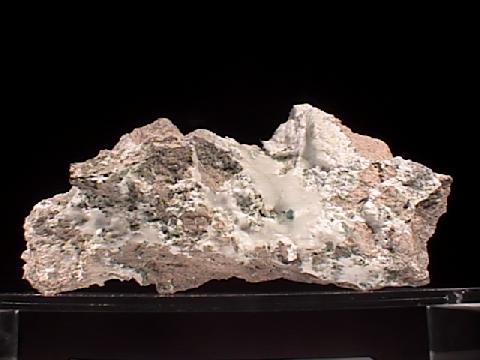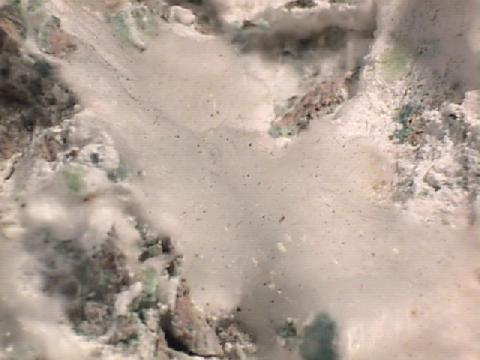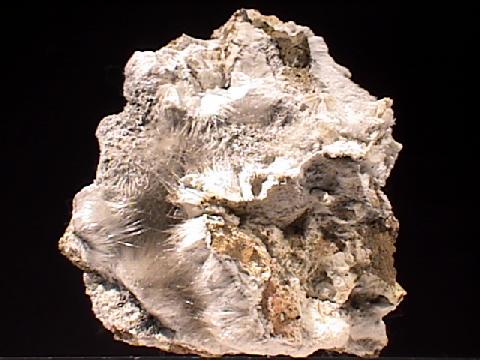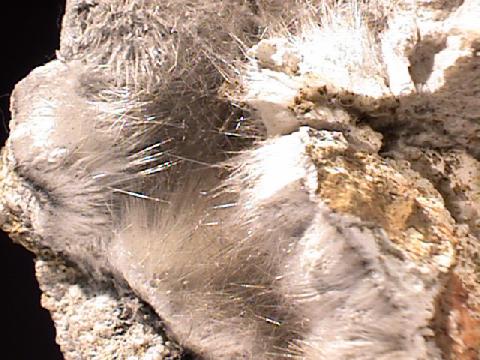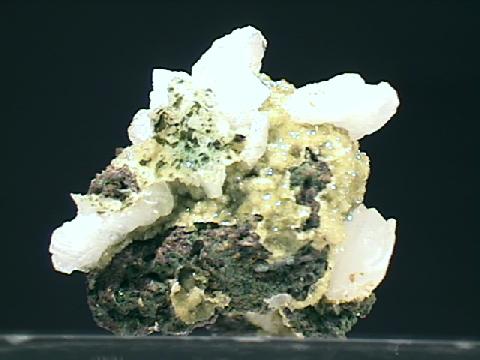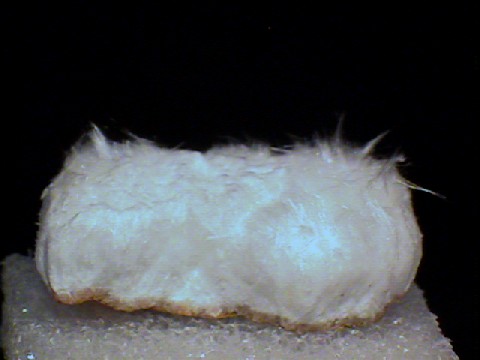 THE
MINERAL MORDENITE
THE
MINERAL MORDENITE
- Chemistry: (Ca, Na2, K2)Al2Si10O24 - 7H2O, Hydrated Calcium Sodium Potassium Aluminum Silicate.
- Class: Silicates
- Subclass: Tectosilicates
- Group: Zeolites
- Uses: Mineral specimen and chemical filter.
Specimens
Mordenite is one of the rarer, but still somewhat more widespread, members of the zeolite group of minerals. Zeolites are a popular group of minerals to collect because they are so beautiful and because they contain such diversity in color, crystal form and rarity (some are very common and easy to collect and some are rare and a pleasure to finally own). Mordenite belongs to this last category.
Zeolites have an openness about their structure that allows large ions and molecules to reside and actually move around inside the overall framework. The structure actually contains open channels that allow water and large ions to travel into and out of the crystal structure. The size of these channels controls the size of the molecules or ions and therefore a zeolite like mordenite can act as a chemical sieve, allowing some ions to pass through while blocking others.
Mordenite forms fine sprays of radial acicular crystal clusters that look like pin-cushions or snowballs. On top of other interesting and beautiful associated minerals, mordenite can be extremely striking. Mordenite is definitely a must have especially for the dedicated zeolite collector.
PHYSICAL CHARACTERISTICS:
- Color is colorless, white, yellow, pink and red.
- Luster is vitreous to silky and pearly.
- Transparency: Crystals are transparent to translucent.
- Crystal System is orthorhombic; 2/m 2/m 2/m
- Crystal Habits include sprays of radial acicular crystal clusters that can remind someone of pin-cushions or snowballs. Individual crystals are prismatic to acicular and striated vertically. Aggregates can be radiating, fibrous, columnar and encrusting.
- Hardness is 4 - 5.
- Specific Gravity is approximately 2.1 (very light)
- Streak is white.
- Associated Minerals are quartz, calcite, chabazite, natrolite, heulandite, stilbite and other zeolites.
- Notable Occurrences include Morden (hence the name), Kings Co., Nova Scotia, Canada; Hoodoo Mountains, Wyoming and Arizona, USA; Val dei Zuccanti, Italy and Poona, India.
- Best Field Indicators are crystal habit, color, low density and associations.

